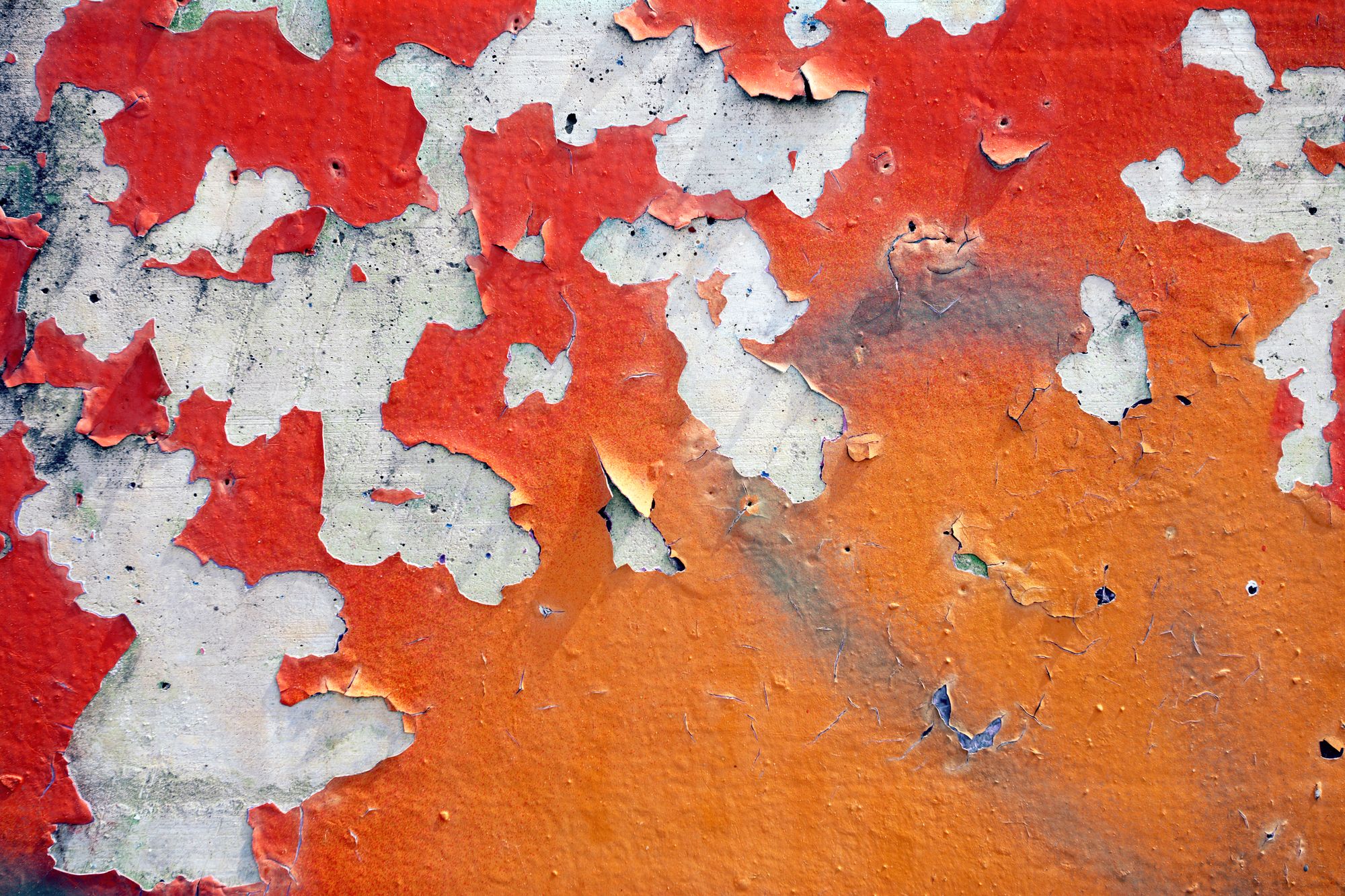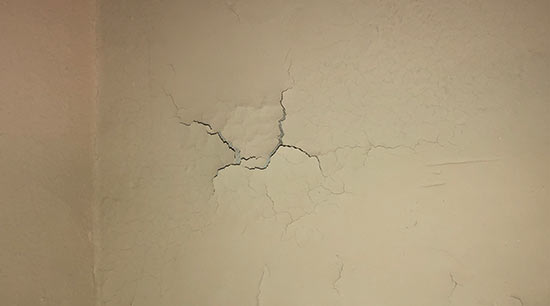We have found the article on Water Stains on Walls listed below on the internet and reckoned it made sense to write about it with you here.

Water spots on wall surfaces are not pleasurable to the eyes. Occasionally it seems practically inevitable to experience water discolorations on wall surfaces in residences.
Homeowners living in damp regions constantly deal with the anxiety of water discolorations on wall surfaces. With accurate and also all-round details on the reasons of water discolorations and prompt repair procedures, you will always be an action in advance of such events.
3 Typical Causes of Water Discolorations on Wall Surfaces
Contrary to popular belief, water stains on wall surfaces do not always come from poor structure products. There are several root causes of water discolorations on wall surfaces. These consist of:
Poor Drainage
This will avoid water from leaking into the walls. This web links to too much wetness that you notice on the wall surfaces of your structure.
The leading cause of damp wall surfaces, in this situation, can be a bad drain system. It can also be due to inadequate monitoring of sewer pipes that run through the structure.
Moist
When hot moist air meets completely dry cool air, it creates water droplets to form on the walls of buildings. When there is steam from food preparation or showers, this happens in cooking areas and also restrooms. The water droplets can tarnish the bordering walls in these parts of your home and also spread to various other areas.
Damp or condensation influences the roof as well as wall surfaces of buildings. When the wall surface is wet, it develops a suitable atmosphere for the development of fungi as well as microbes.
Pipe Leaks
The majority of homes have a network of water pipes within the wall surfaces. This ensures that the pipes are faraway from the reach of destructive rats. It constantly increases the feasibility of such pipelines, as there is little oxygen within the walls. This dissuades corrosion.
Yet, a downside to this is that water leakage impacts the walls of the building and triggers prevalent damages. An indication of malfunctioning pipelines is the look of a water tarnish on the wall.
Water Stains on Wall: Repair Work Tips
When dealing with water stains, home owners would usually want a quick repair. They would soon realize this is counterproductive as the water stains repeat. Right here are a few useful ideas that will certainly direct you in the repair work of water discolorations on wall surfaces:
- Always deal with the cause of water discolorations on walls
- Engage the help of specialist repair service solutions
- Method routine sanitation as well as clear out blocked sewage systems
- When building a home in a water logged location, make sure that the workers conduct correct grading
- Tiling locations that are prone to high condensation, such as the bathroom and kitchen, assists in reducing the accumulation of moist
- Dehumidifiers are also helpful in maintaining the moisture levels at bay
Pro Tip
A houseplant in your house likewise enhances its moisture. So, if your home is already moist, you may want to present houseplants with very little transpiration. An example of appropriate houseplants is succulents.
Final thought
Although no one intends to have water stains on walls in their residence, it can occur to the most effective of us. This article offers you take advantage of, as you now recognize just how to handle this accident if it does occur.
It is constantly best to hire specialist solutions to help fix the damages in your house.
Often it seems virtually inescapable to experience water stains on wall surfaces in homes.
In contrast to preferred belief, water discolorations on walls do not constantly stem from inadequate building products. There are numerous reasons of water spots on wall surfaces. The water droplets can stain the bordering walls in these components of your house and spread to various other locations.
Here are a few practical ideas that will certainly guide you in the repair of water discolorations on wall surfaces:
CHECKING FOR WATER DAMAGE
Water damage can be costly, and it may begin before you even notice the first signs of trouble. Water damage can cause mold and mildew in your walls and floors, which can create an abundance of health concerns for your family. It can also lead to costly repairs of various appliances and general home fixtures. To avoid the pricey consequences of water damage, here are Warner Service’s top 5 places you should check:
- The walls – The easiest place to spot the beginnings of water damage is on the walls and ceilings of your home. If water damage is present, there will most likely be water stains, especially around the windows and doorframes, and/or cracks in the drywall. If a stain looks unusual (discolored to brown, black or gray, raised texture), has a swollen appearance or is soft to the touch, contact a professional immediately.
- The pipes – To avoid water damage, consistently check the pipes in your kitchen (especially the dishwasher and ice maker), bathrooms, laundry room (specifically washing machines) and basement for corrosion, leaks and water stains. Pay special attention to where the pipes connect in your home and the location of caulking around the bathroom fixtures, including toilets, sinks, showers and tubs. Missing or loose caulking and grout could be signs of leaking water. This seepage can also quickly cause mold and rust, so double check your water heater and tank for wet spots on the floor.
- The floor – Water damage is very easy to spot on the floor. Look for any warping or buckling of the material, especially in the basement. If your home has wood flooring, look for bright white or dark stains. If your home has carpeting, keep it dry and clean. A damp carpet that smells of mold could cause water damage and health problems. To avoid this, consider installing floor pans under your appliances to help prevent damages from small, slow and undetected leaks.
- The basement and attic – If your basement or attic smells odd check for mold and mildew around the area, especially the valley where the roof meets. While you are inspecting those areas, check for wall cracks, floor stains, rust and dampness in the insulation. If you live in a colder and/or rainier climate, perform routine checks for water damage from melting snow or ice and rain.
- The exterior – Check the roof for damaged flashing and missing, cracked or curled shingles. There should also be no standing water anywhere outside your home. This could be caused by puddles, leaky rain gutters or hoses, poor drainage, or short gutter spouts. Invest in a sump pump system or water flow monitoring system, and perform routine maintenance on these outdoor appliances to avoid indoor water damage.

We had been guided to that report on Indicators of Water Damage Behind Walls from someone on our other blog. Sharing is nice. You won't know, you may be helping someone out. Thank you for going through it.
We've got you, ring now!
Comments on “Water Stains on Walls: Examining and Addressing Strategies”